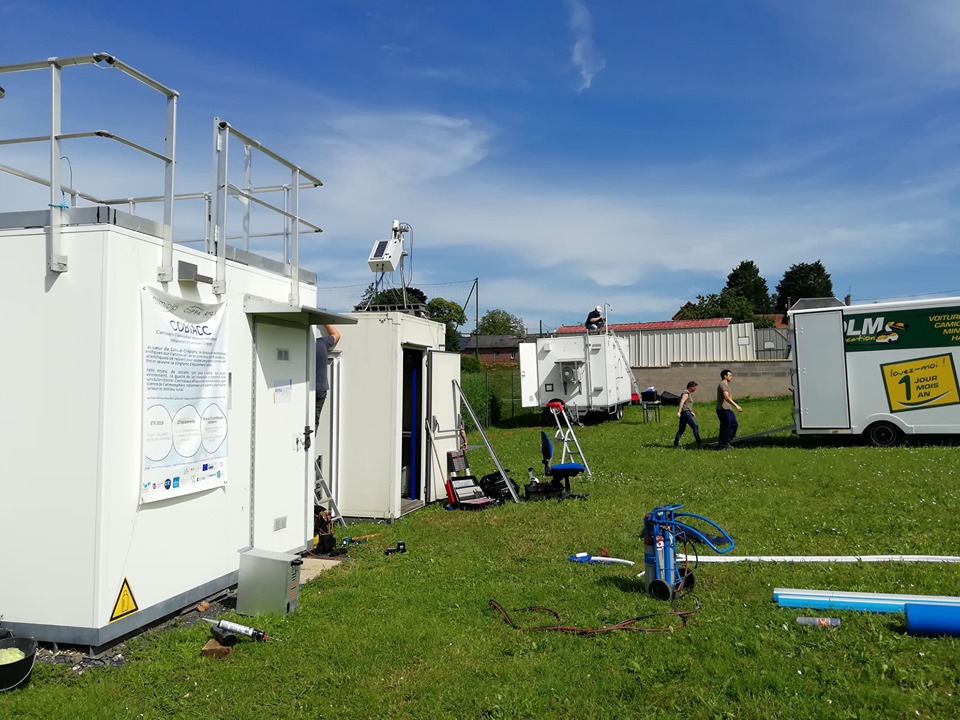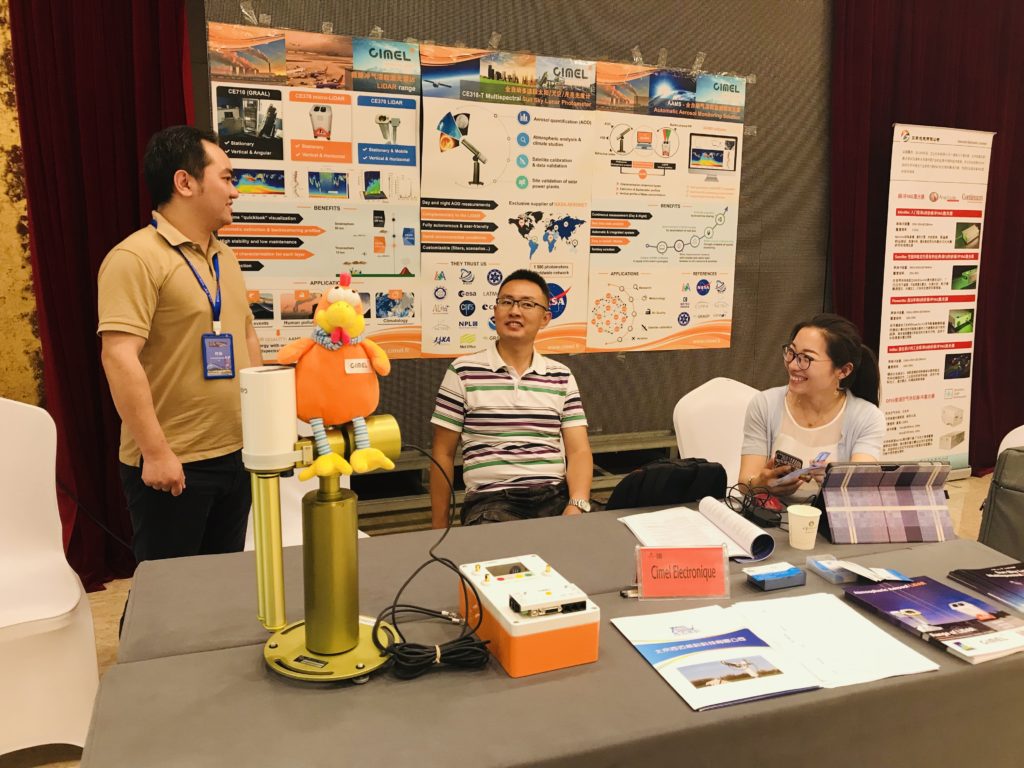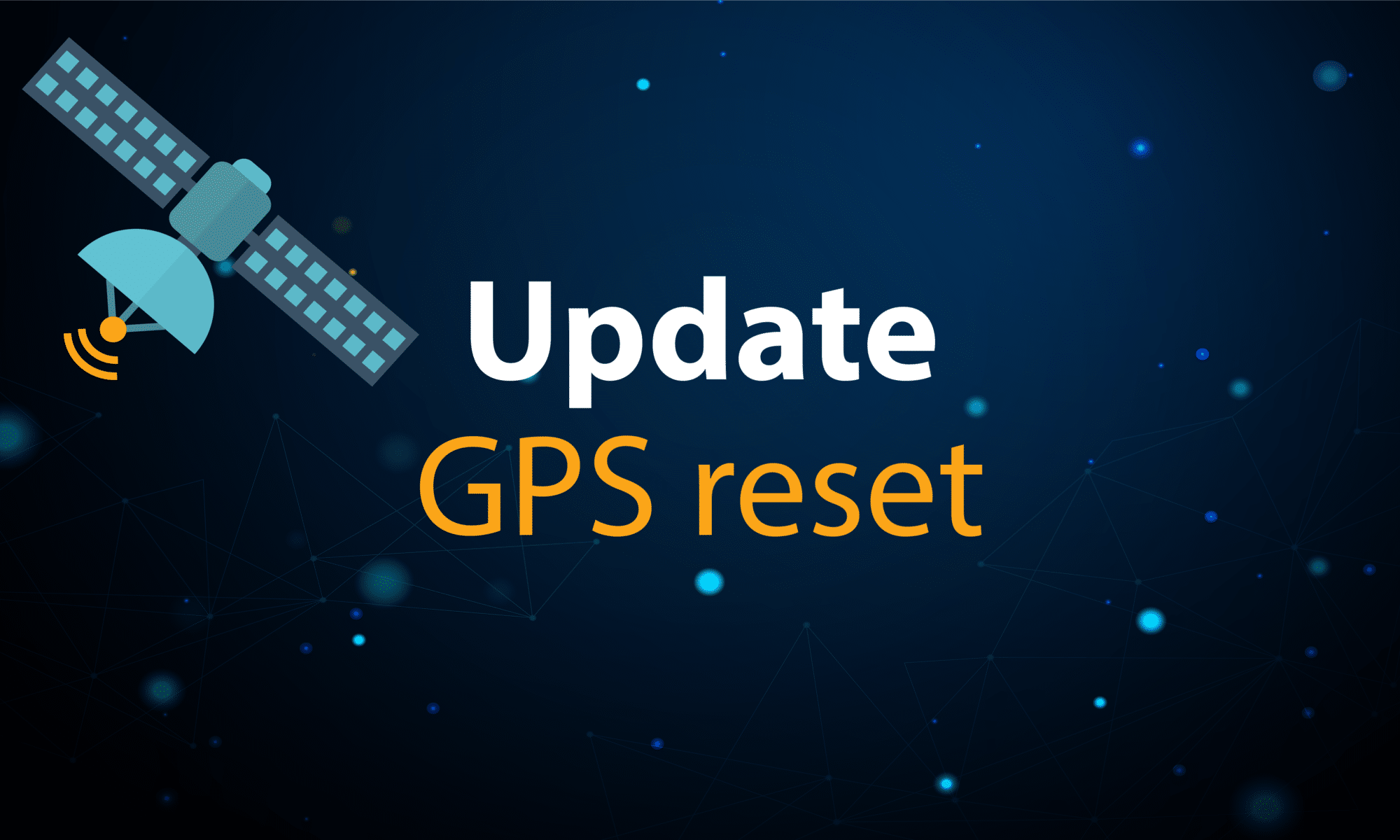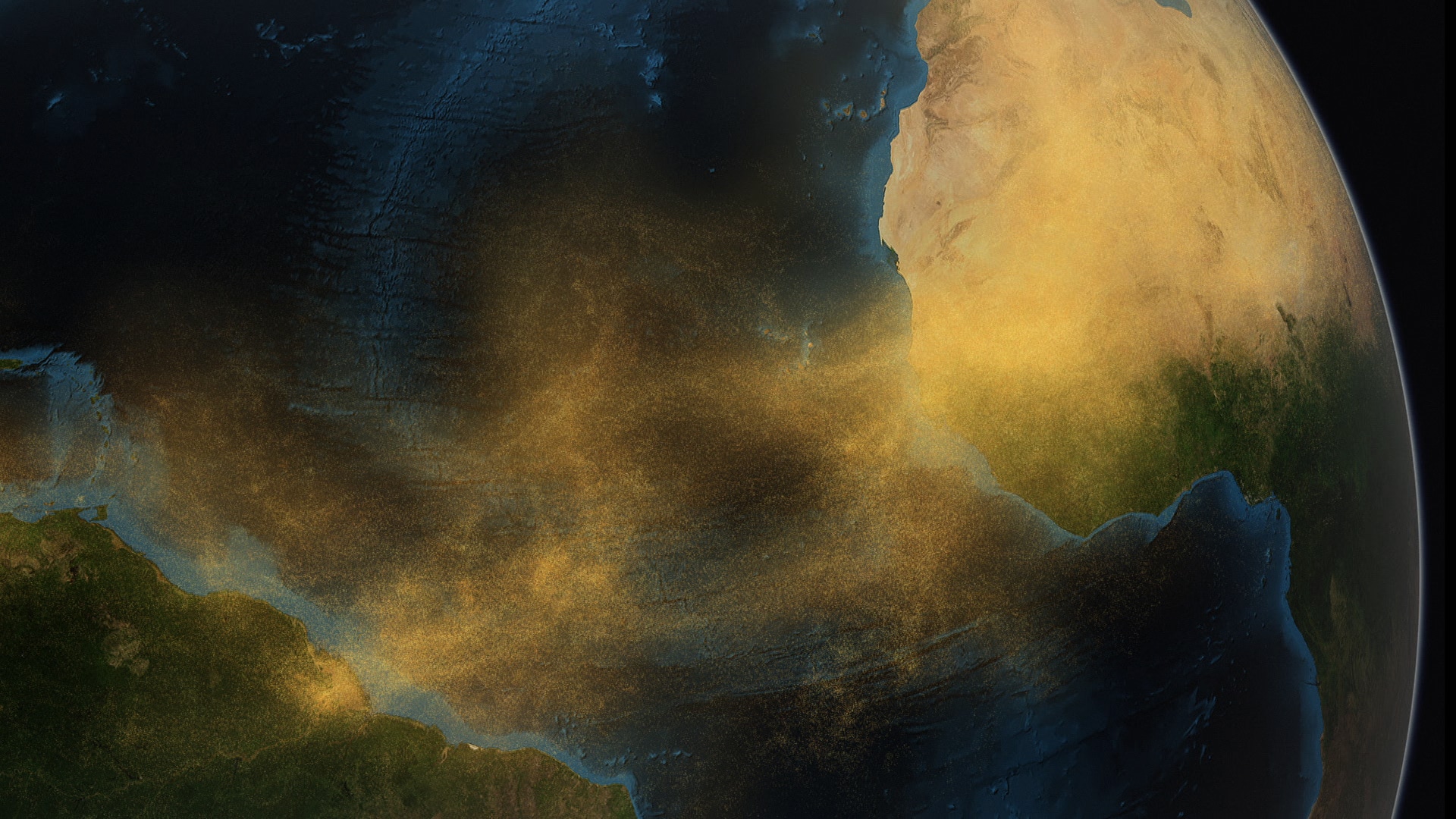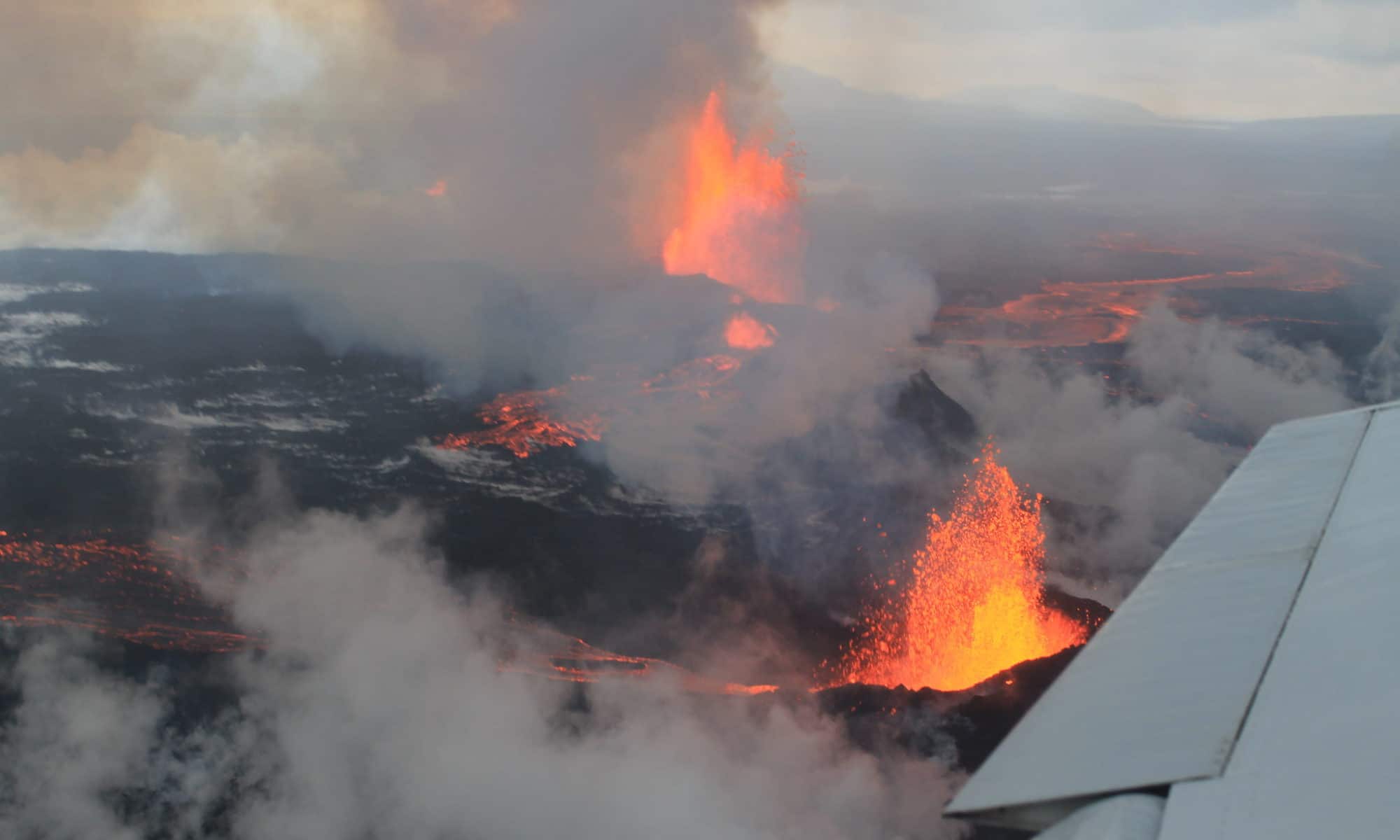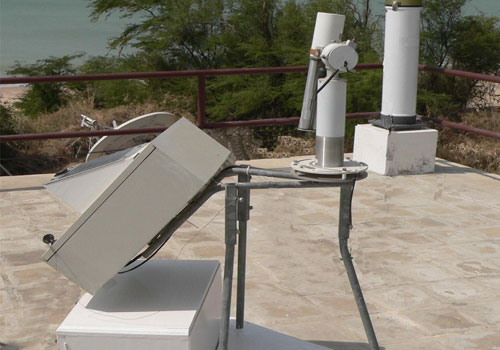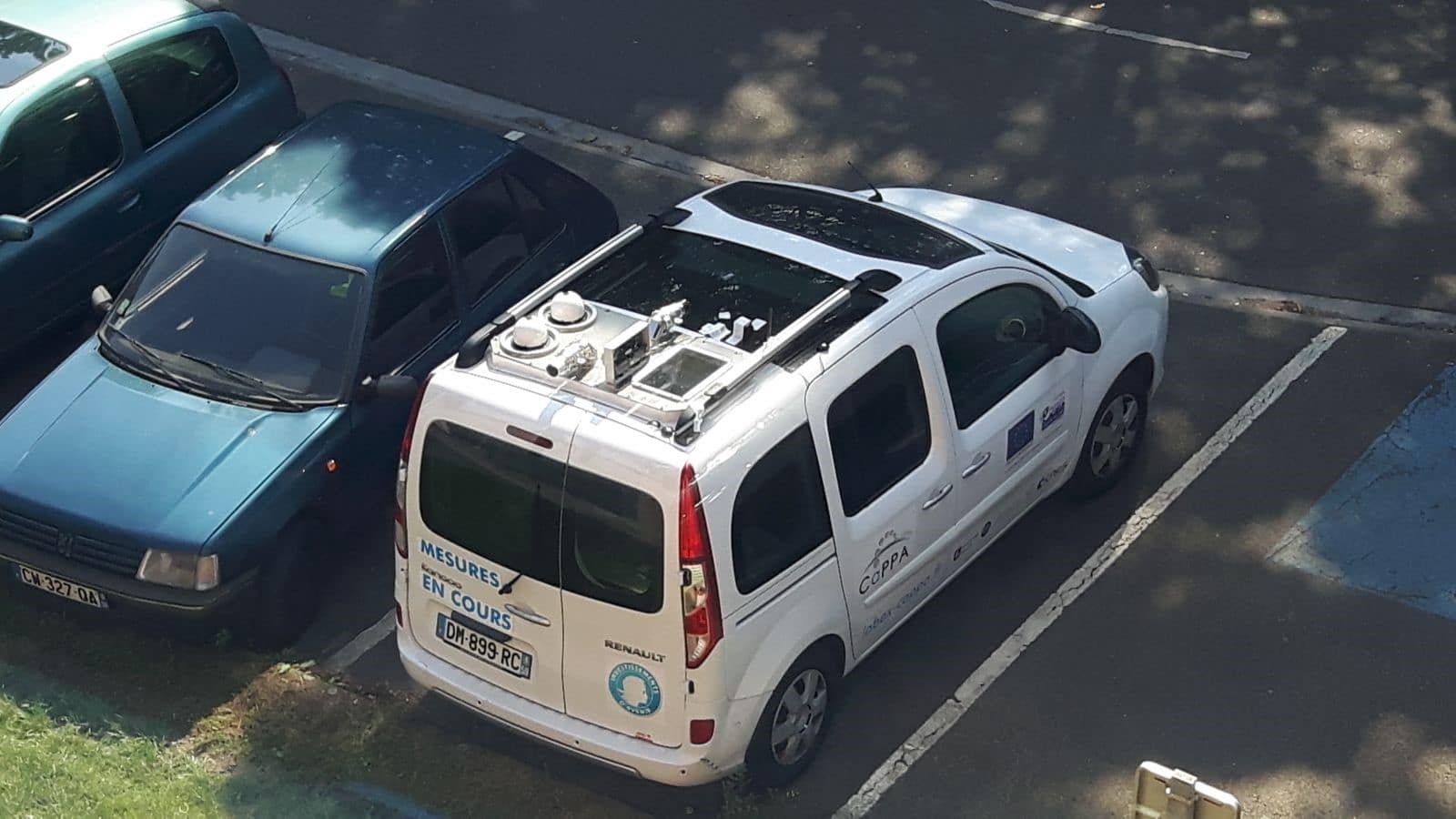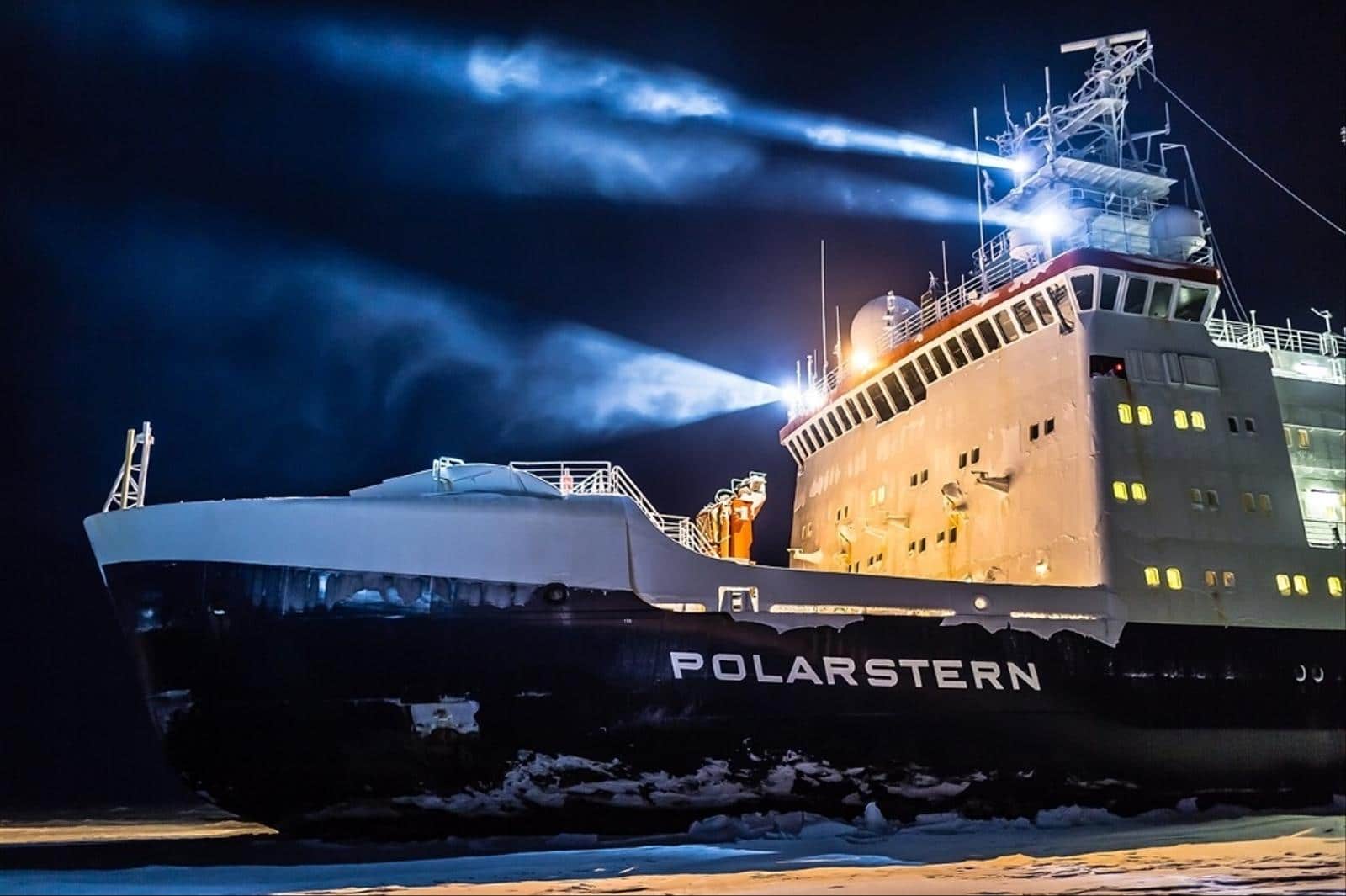COBIACC campaign
Is the rural atmosphere better than elsewhere?
For the entire month of July in Caillouël-Crépigny (France), scientists from the University of Lille and ATMO Hauts-de-France will analyze particles in the air and their impact on health in rural areas.
Since 28 June, more than twenty air pollution measuring devices deployed over 100 m² in the commune of Caillouël-Crépigny (02) may answer this question.
Objectives: To understand the formation and the composition of particles and their precursors in the air in a rural environment during the summer period.
The sensors collect dust from the countryside and nearby dust from forests, roads, buildings and industries in the distance.
The facility consists of four containers installed on 100 m² in the village square of Caillouël-Crépigny. They accommodate twenty-two observation instruments including our Cimel Sun Sky Lunar CE318-T photometer as well as our CE376 micro-LiDAR. These instruments, unique in France, measure the impact of climate change on air quality, biodiversity and health. Thirty researchers take turns night and day to study the chemical modifications of particles during periods of high heat.
This campaign was named COBIACC for Campagne d’OBservation Intensive des Aérosols et précurseurs à Caillouël-Crépigny. It is the result of a partnership between Labex CaPPA, a laboratory of excellence in Lille, CPER Climibio, an environmental project involving 16 laboratories in the Hauts-de-France and Atmo Hauts-de-France, the regional air quality observatory.
Laboratories involved:
- SAGE (IMT Lille Douai)
- PC2A (CNRS/University of Lille)
- LOA (CNRS/University of Lille)
- LPCA (University of the Coastal Coast of Opal)
- PhLAM (CNRS/University of Lille)
- TVES (University of Lille/ULCO)

